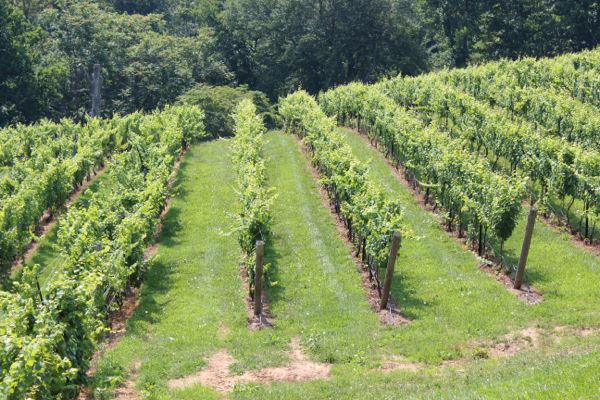https://www.scarpellino.com/sgtzpczig4 From the Press Release from The Virginia Wine Board: RICHMOND – Governor Terry McAuliffe tonight awarded the 2014 Virginia Wineries Association’s (VWA) Governor’s Cup to The Williamsburg Winery’s 2010 Adagio, a blended red wine. The Governor’s Cup was awarded Thursday evening, February 27 at the VWA’s Governor’s Cup Gala at the John Marshall Hotel.
https://chemxtree.com/ghoj8x8bcg6  Speaking at the Governor’s Cup awards ceremony, Governor McAuliffe said, “I am honored to award the Governor’s Cup to The Williamsburg Winery, one of Virginia’s oldest and most prolific wineries. It is no secret the Commonwealth’s wine industry has experienced tremendous growth both in quantity and quality in recent years. Such growth has an enormous impact on Virginia in terms of economic development and job creation. The Virginia Governor’s Cup, now recognized as one of the nation’s most stringent competitions, helps to raise awareness of the world class wines grown and blended right here in the Commonwealth. My congratulations to The Williamsburg Winery for their long history of success and their most recent notable contribution to the Virginia wine industry.”
Speaking at the Governor’s Cup awards ceremony, Governor McAuliffe said, “I am honored to award the Governor’s Cup to The Williamsburg Winery, one of Virginia’s oldest and most prolific wineries. It is no secret the Commonwealth’s wine industry has experienced tremendous growth both in quantity and quality in recent years. Such growth has an enormous impact on Virginia in terms of economic development and job creation. The Virginia Governor’s Cup, now recognized as one of the nation’s most stringent competitions, helps to raise awareness of the world class wines grown and blended right here in the Commonwealth. My congratulations to The Williamsburg Winery for their long history of success and their most recent notable contribution to the Virginia wine industry.”
Clonazepam Tablets Buy The Williamsburg Winery’s Adagio is a blend of 42% Cabernet Franc, 30% Merlot and 28% Petit Verdot. Aged in French, American and Hungarian Oak, the ratio is 43% new oak, 14% one year old oak; 29% two year old oak; and 14% three year old oak. The winemaker’s tasting notes are as follows: The 2010 Adagio is a very bold upfront wine with loads of jammy fruit. The blackberries and blueberry notes are accentuated with some elegant mature darker fruit such as figs, dates and prunes. There is a hint of spice (warm cinnamon) with molasses and soy. The earthy notes come across with a touch of nuttiness. The oak is very integrated into the weight of the wine and the tannins are smooth and graceful. The wine has a wonderful finish that lasts for quite awhile.
“It is very satisfying and very humbling to be with my peers and the others who have won the Governor’s Cup. The 2010 Adagio was unbelievable, exceeding all expectations for quality, and it was nice for Adagio to get that recognition,” said Matthew Meyer, vice president and winemaker of The Williamsburg Winery. “Adagio, from the Italian ad agio, or ‘at ease’, is a musical term indicating the tempo of a composition that is meant to be slow and stately, so named in honor of the extraordinary depth, elegance and grace of this wine.”
The 2014 Virginia Governor’s Cup Competition was conducted over three weeks of preliminary tastings, held at the Capital Wine School in Washington, D.C. The final round of tastings was held at the Jefferson Hotel in Richmond in early February. The Governor’s Cup award winner was selected from the 2014 Governor’s Cup Case. The top 12 scoring wines of the competition, The Governor’s Cup Case, were selected from 410 entries of both red and white wines, from 96 wineries.
Buy Ambien Uk In addition to The Williamsburg Winery’s 2010 Adagio, the other 11 wines in the Governor’s Cup Case are:
Barboursville Vineyard – 2008 Malvaxia Passito
Barboursville Vineyard – 2010 Nebbiolo Reserve
Barboursville Vineyard – 2010 Octagon
Barren Ridge Vineyard – 2009 Meritage
Fabbioli Cellars – 2011 Tannat
Horton Vineyards – 2010 Tannat
King Family Vineyards – 2011 Meritage
North Gate Vineyard – 2011 Meritage
Rockbridge Vineyard – 2008 Meritage, DeChiel Reserve, unfiltered
Sunset Hills Vineyard – 2010 Mosaic
Two Twisted Post Winery – 2012 Chardonnay
https://hazenfoundation.org/9vgvv0bhtxl The Governor’s Cup competition, revamped in 2011, is a result of a partnership among the gubernatorial-appointed Virginia Wine Board (VWB), the Virginia Vineyards Association (VVA), and the VWA, which owns and manages the competition. Any wine made from 100% Virginia fruit was eligible for the competition, while ciders and fruit wines had their own category and medalists. All entries included an affidavit with a certification of 100% Virginia fruit and vineyard particulars, including grower names and location, as well as information on alcohol, acidity or basicity (pH), and residual sugar.
Wine included in the Governor’s Cup Case will be used by the Virginia Wine Board Marketing Office for marketing purposes in Virginia, across the country, and around the world. A number of cases will be shipped to select wine media, promoting Virginia wines to a larger national and international audience. The award winning wines will be used for education purposes at Virginia winemaker roundtable discussions to improve overall quality of Virginia wines. Governor’s Cup Case wines will also be used by Governor McAuliffe on select domestic and international marketing missions and other events designed to promote Virginia wine and winery tourism.
Jay Youmans, one of only of 31 Masters of Wine (MW) in the U.S., directed the competition. Youmans, who is also a Certified Wine Educator (CWE) and the owner and educational director of the Capital Wine School in Washington, DC, recruited wine judges from the professional wine buying and wine media community. The judges were compensated for their time for a rigorous schedule of judging to ensure the competition maintained the highest level of professional evaluation. There were 30 judges in the preliminary round and 15 judges in the final round. A list of the judges along with their bios can be found at http://www.virginiawine.org/governors-cup
Zolpidem 10Mg Online Uk One of the most important aspects of the revised competition is the educational component of the judging. After the competition, regional forums for the winemakers will be held with the judging director. Notes with the judges’ blind comments will be shared with individual winemakers, so that they will get direct feedback on how their wines were received.
The Williamsburg Winery is located on Wessex Hundred, a 300-acre farm located in Virginia’s Historic Triangle. The winery has experienced continuous growth through an expanding portfolio of wines. The introduction of the 2007 Adagio was the culmination of a single-minded goal to produce the highest quality wines in the world. This is the second Governor’s Cup for Williamsburg Winery. The winery won in 1989 for its 1988 Chardonnay.
“Winning the Governor’s Cup is a testament to Matthew’s talent and to the dedication of our entire team, whose focus is on excellence in wines made 100% from Virginia grapes. Our goal is to grow as a leader in the industry, developing wines that reflect the character of our Commonwealth, neither Californian or European, but displaying elegance and interesting flavors,” said Patrick Duffeler, president and CEO, The Williamsburg Winery.
https://ottawaphotographer.com/sosyj7u0yt5 In addition to awarding Williamsburg Winery’s 2010 Adagio the 2014 Governor’s Cup, Secretary of Agriculture and Forestry Todd Haymore was named Wine Person of the Year for his contributions to this rapidly growing sector of the Commonwealth’s economy.
As Secretary, Haymore works closely with the Governor, General Assembly, and key stakeholders on numerous legislative and budgetary initiatives to integrate agriculture and forestry fully into Virginia’s overall economic development and jobs creation platform. A dedicated proponent of the Virginia wine industry, Secretary Haymore has worked in partnership with Virginia’s wineries and vineyards to proudly showcase Virginia wines during domestic and international trade missions. During his time as Secretary, Haymore has facilitated the first commercial shipment of Virginia Wine to China; helped to launch the Virginia Wine Summit, bringing national and international attention to Virginia wine; helped to almost triple the amount of funds placed in the Virginia Wine Promotion Fund for research, education and marketing; and worked with the General Assembly to establish a reimbursable tax credit program for the establishment or expansion of vineyards and wineries. His strategic focus has led to new sales and opportunities for Virginia wineries that will continue the industry’s growth in the years to come.
https://www.onoranzefunebriurbino.com/cnlsb5s Sales of Virginia wine reached a record high in fiscal year 2013 with more than 511,000 cases, or more than 6.1 million bottles, sold. Virginia currently ranks fifth in the number of wineries in the nation with 250 wineries. Virginia is also tied with Texas as the nation’s fifth largest wine grape producing state. According to a recently released economic impact study, the Virginia wine industry employs more than 4,700 people and contributes almost $750 million to the Commonwealth’s economy on an annual basis.
For a complete list of previous Governor’s Cup winners and information about the Virginia wine industry, please visit the Virginia Wine Marketing Office http://www.virginiawine.org/governors-cup/awards/ or call 804-344-8200.
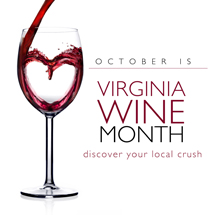 October is Virginia Wine Month! Wineries and restaurants that serve Virginia wine will be having activities all month to help celebrate Virginia Wine Month. To help you plan your month, here are a few resources to look into. There are lots of activities for you to participate!
October is Virginia Wine Month! Wineries and restaurants that serve Virginia wine will be having activities all month to help celebrate Virginia Wine Month. To help you plan your month, here are a few resources to look into. There are lots of activities for you to participate!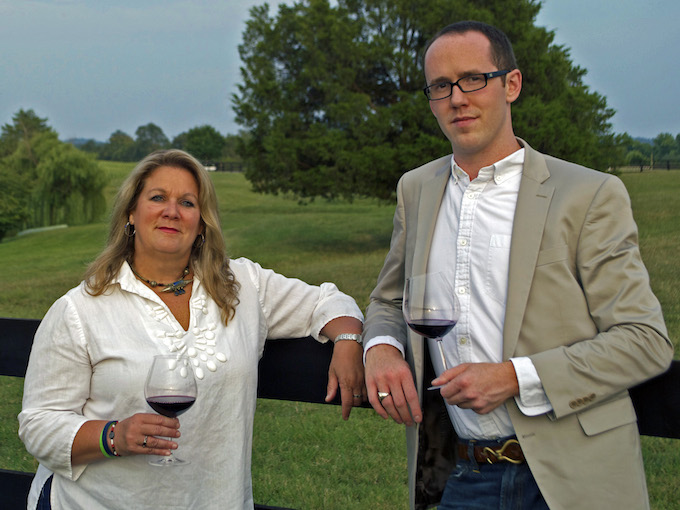
 Speaking at the Governor’s Cup awards ceremony, Governor McAuliffe said, “I am honored to award the Governor’s Cup to The Williamsburg Winery, one of Virginia’s oldest and most prolific wineries. It is no secret the Commonwealth’s wine industry has experienced tremendous growth both in quantity and quality in recent years. Such growth has an enormous impact on Virginia in terms of economic development and job creation. The Virginia Governor’s Cup, now recognized as one of the nation’s most stringent competitions, helps to raise awareness of the world class wines grown and blended right here in the Commonwealth. My congratulations to The Williamsburg Winery for their long history of success and their most recent notable contribution to the Virginia wine industry.”
Speaking at the Governor’s Cup awards ceremony, Governor McAuliffe said, “I am honored to award the Governor’s Cup to The Williamsburg Winery, one of Virginia’s oldest and most prolific wineries. It is no secret the Commonwealth’s wine industry has experienced tremendous growth both in quantity and quality in recent years. Such growth has an enormous impact on Virginia in terms of economic development and job creation. The Virginia Governor’s Cup, now recognized as one of the nation’s most stringent competitions, helps to raise awareness of the world class wines grown and blended right here in the Commonwealth. My congratulations to The Williamsburg Winery for their long history of success and their most recent notable contribution to the Virginia wine industry.”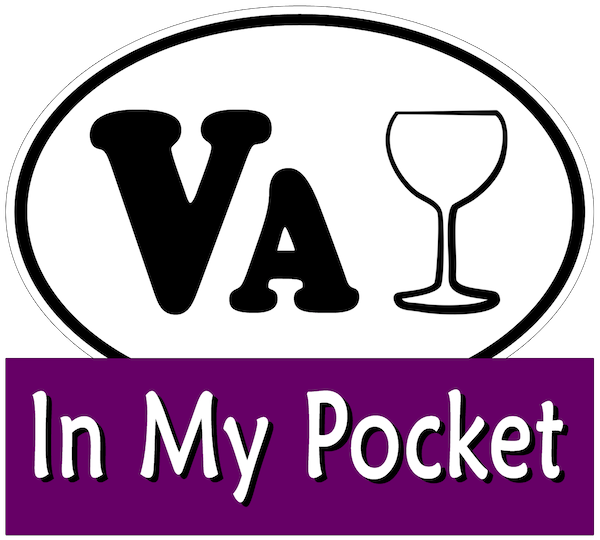
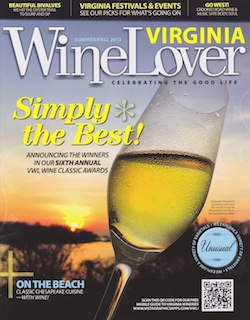 Have you seen the latest issue of
Have you seen the latest issue of 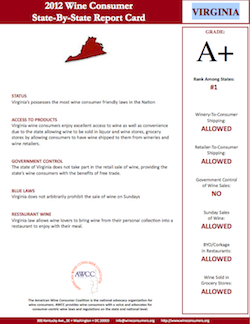 In other news, Virginia was given an A+ rating by the
In other news, Virginia was given an A+ rating by the 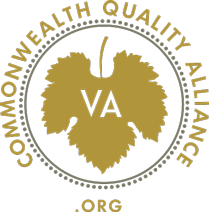 When you purchase a bottle of Virginia wine how can you be sure it’s of the highest quality? Many can tell by tasting it or simply opening the bottle. A new way to tell if you are buying quality Virginia wine is to look for the
When you purchase a bottle of Virginia wine how can you be sure it’s of the highest quality? Many can tell by tasting it or simply opening the bottle. A new way to tell if you are buying quality Virginia wine is to look for the 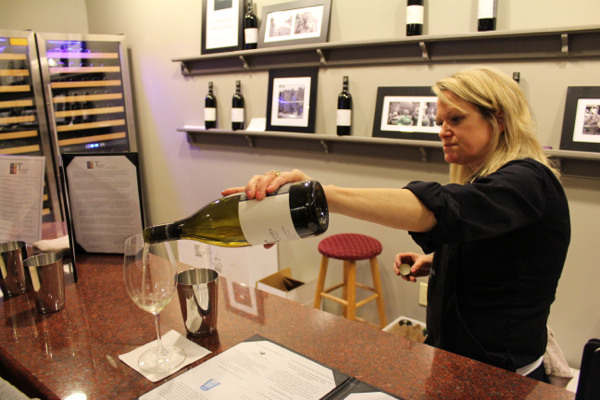
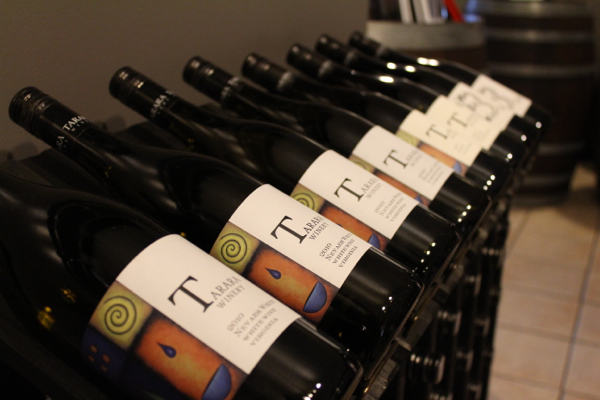
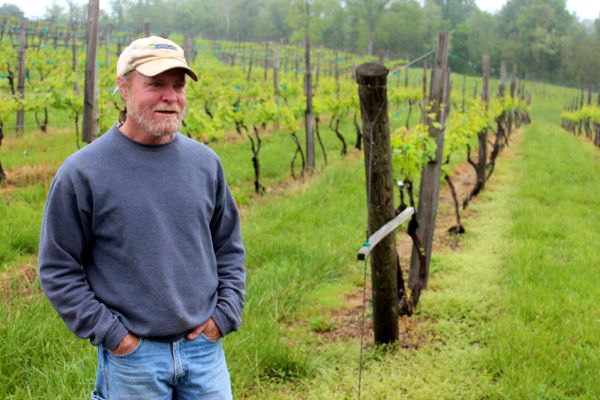
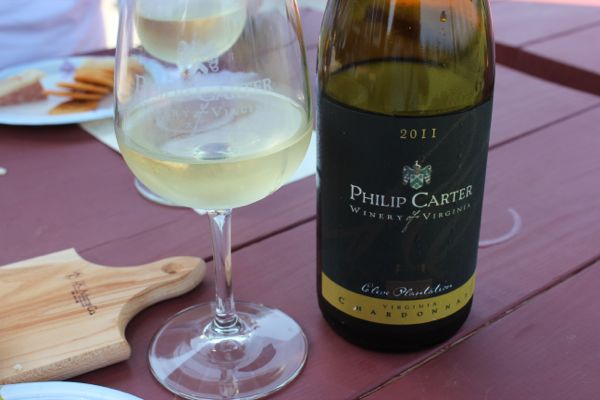
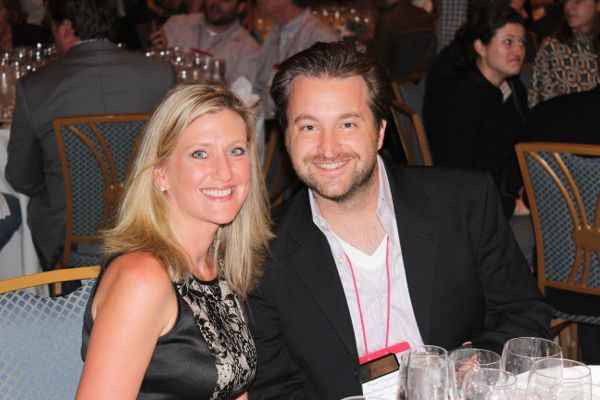
 1. There are six AVAs and 9 wine regions in Virginia. How do the soils and climates compare and contrast in some of these regions?
1. There are six AVAs and 9 wine regions in Virginia. How do the soils and climates compare and contrast in some of these regions?